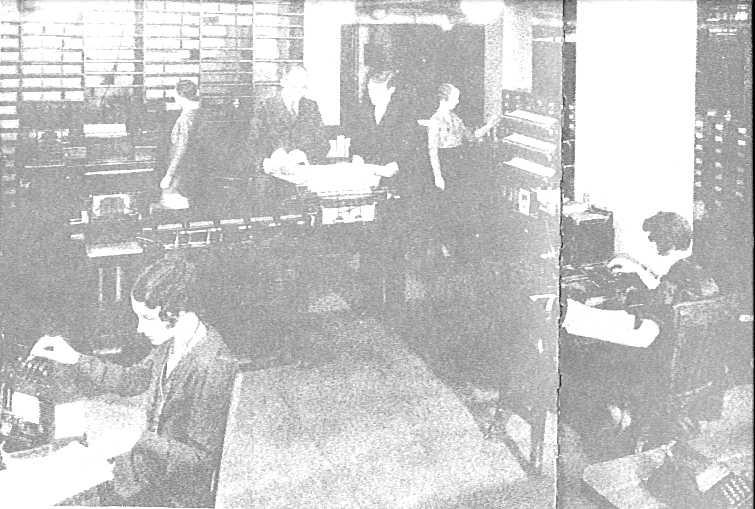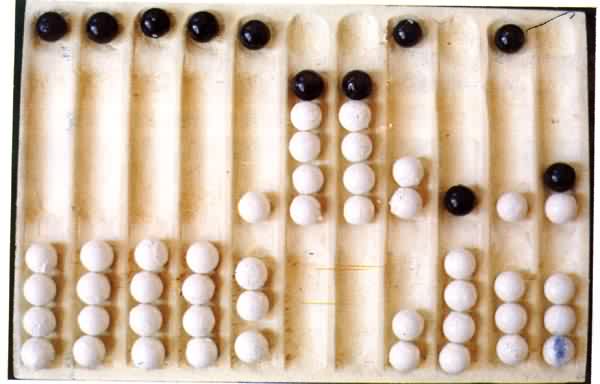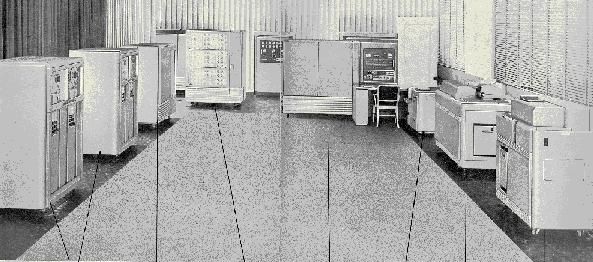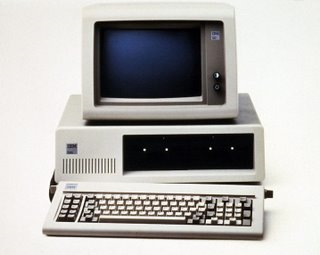Discussion
In history, computers were only used as machines that performed calculations. These changed over time with more supplicated machines which were being developed to perform more general tasks (Null L.& Lobur J., P. 34) Modern computer is a result of advances in technologies and the need to quantify record numbers and language.
Papyrus was used to make records and write numbers. Among the first machines used was the Abacus, which helped the early man to count (History of Computers, Para. 1). Actually, it was people who were regarded as the first computer. This is because computers were developed to perform the functions that were assigned to people.
The name computer was a job title for people who were used to do calculations (An Illustrated History of Computers, part. 1). The word “computer” is said to have originated from the Latin to refer to a person who computes (Rojas & Hashagen, P. 1). According to Webster’s dictionary, a computer is electronic that can be programmed so as to store, retrieve, and process data (Zeruzzi, p. 351).

Classification and Development of Computers
Computers can be classified by their technology, their use, how they operated, and the era in which they were in use (Rojas, P.1). According to Rojas (P. 3), we can classify computers into two classes that are the electronic programmed computer and others, which were developed after the electronic stored programmed concept (P.3). Calculators were among the early machines, and an example of this is the Harvard Mark 1 (Zeruzzi, p. 351)
Early man was in need of a way to count and do calculations. Between 1000 BC and 500 BD, He used the Abacus, which had movable beads for calculations (The History of The Computer, Para. 2). A mathematician by the name Charles Babbage proposed that they construct a machine and name it Babbage Difference Engine, which could calculate and print mathematical tables (The History of The Computer, Para. 3).
In 1979 the United States Department of Defense had to honor Ada Byron Lovelace by naming a computer language she had written. She came up with the first computer program improving Babbage’s ideas to make them a reality. Her ideas saw the machine’s capability to produce music and graphs (The History of The Computer, Para. 4).

George Boole was a professor of mathematics who wrote an investigation of the laws of thought; he was then recognized to be the founder of computer science (A Brief History of Computers & Networks, Part. 1). A punch card was developed by Herman Hollerith of MIT; it was a machine that used electric power. In 1982, William Burroughs introduced a calculator that could print only that it was a manual machine. He later improved it so as it could use electricity.
A differential analyzer was built by Vannevar Bush of MIT in 1925. It could handle simple calculus only that it was not accurate. The machine was made of gears and shafts. Konrad Zuse was a Germany engineer who built a calculator to do calculations he handled dairy.
Thereafter a programmable calculator was made in 1938 by Zuse. In 1936 at Iowa State campus, John Vincent Atanasoff started developing a digital computer and came up with ABC as the way of solving linear equations (History of Computers, Para. 11).
The Enigma was another machine that the Germans used in computing algorithms in 1937; it was a complex mechanical encoder. In the same year, George Steblitz came up with a model that could solve more complex calculations. The enigma code was broken by the British, who built a colossus mark 1 (History of Computers, Para.13).
In 1943 at Penn state, the development of an electronic numerical integrator and computer began by Mauchly and Presper Eckert of the Moore School. In 1944 Harvard Mark 1 was introduced and then used by the U.S navy. The Harvard 1 used a paper tape as its information storage. IBM came up with a 701 computer, which became the first commercially successful computer.
They developed languages like FORTRAN, LISP, and COBOL that were used with the computer. In 1958 a transistor powered computer was introduced by a team headed by Seymour Cray. This was the year the integrated circuits were as well developed by Kilby and Noyce. At this time, computers used integrated circuits instead of the transistors (A Brief History of Computers & Networks, Part 2).

These first computers were room-sized and were considered to be quite powerful. Once again, IBM introduced system 360, which was designed for business purposes. The system was then used to demonstrate the very first wide-area network TSS (Time Share System).
The first microcomputer was used to manage telephone lines. This major development was a joint MIT and Bell design of greatly defined networks featuring shared resources. Through this development, Bell was not happy with MIT and parted ways, and thereafter he came up with UNIX an operating system. After UNIX, there came APANet, and consequently, Alan Keys designed the Apple operating system. This is the era in which he proposed the design of personal computers.
A group of technicians seemed not to be happy with all these developments; they planned to form a company and named it Intel in 1969 (A Brief History of Computers & Networks, Part. 2). A pocket calculator was introduced by Texas instruments. Xerox introduced the mouse and proposals than were brought forward to develop the local area network.
The first personal computer was marketed in kit form with 256 bytes of memory. The machine used a BASIC compiler that was developed by Bill Gates and other technicians. Apple followed the trend and went on to advertise also on personal computers in the same kit form. The computers comprised of a monitor and keyboard.
A few years passed, and the personal computer took its center stage to the American scene where many computer companies were formed. Many of these companies did not survive for a long time; they vanished. By 1977 there were stores selling personal computers, and some of them exist today.
Companies are now reducing the size of the personal computer while the performance of the machines is being improved. There is also an effort to reduce their prices to make them affordable and maximize their sales. After a failed attempt, IBM once again introduced a personal computer in 1981, which was successful. (A Brief History of Computers & Networks, Part 2).

Conclusion
The reducing size and price of computers have made it a universal component that has made big changes in human lives than any other development. Although it is difficult to tell which computer was the first to be developed, this paper tries to shows their history. Thus it is very important to know who, why, and where these developments started (Rojas & Hashagen, P13).
Works Cited
A Brief History of Computers and Networks. Web.
An Illustrated History of Computers Part 1. Web.
Ceruzzi E. A History of Modern Computing 2nd edition. MIT Press, Cambridge MA. 2003.
History of computers.
IBM 701, Layout for a 701 Installation. Web.
IBM Personal Computer. Web.
Null, Lobur. The essentials of Computer Organization & Architecture. Jones & Bartlet, Sudburn MA. 2006.
Rojas, Hashagen. The First Computers: History and Architectures. MIT Press, Cambridge. 2002.
The History of The Computer.